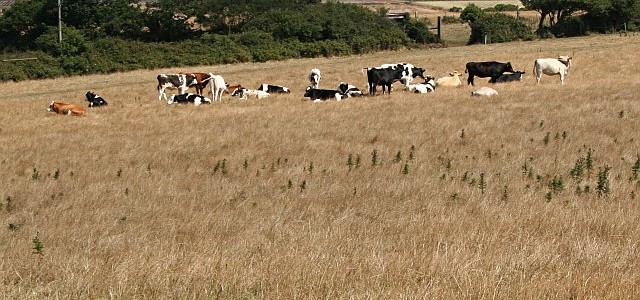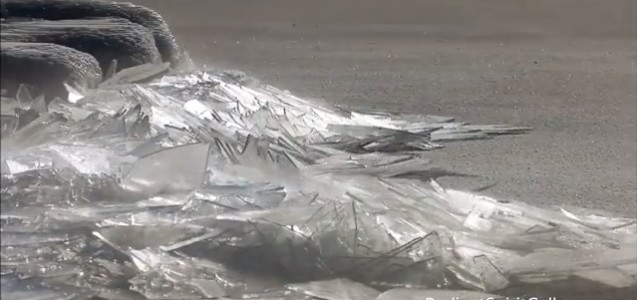Uncategorized
-

This year is leap year, which means you will probably be reading this on February 29. This date comes around every four years in general, although we did not have one in 2000. The need for a leap year is due to the timing of the earth’s orbit around the sun. Here are some resources…
-

The Great Falls Tribune reported this week on the results of a new study released by the Montana Farmers Union on how changing climate will affect ranching and farming in Montana in the coming years. You can read the article here or the full report here. The article says “The report projects a 20 percent drop in…
-

Even though climatologists know the general patterns for how El Niño affects climate around the world, each event is unique and the observed patterns don’t always match what we expect. The really warm December across the eastern US this year is an example of how different things can be from the “expected” climate. The latest…
-

Minnesota Public Radio reported this week that the Arctic sea ice reached a new record low for extent in winter on February 17. January temperatures ran 23 degrees warmer than average in parts of the Arctic. That has resulted in the lowest percentage of ice cover on record since satellites began keeping record in 1979. You…
-

In the past two days, friends have sent me very interesting images of cold weather phenomena that I think you would enjoy. One is a mesmerizing video of ice stacking on Lake Superior, which you can view at https://www.mnn.com/earth-matters/wilderness-resources/blogs/ice-stacking-lake-superior. The second is a spectacular image of sea smoke, also known as steam fog, described by Jason…
-

The sound of the wind is described by many names around the world. This essay on the names of the desert wind is a couple of years old but I think a very poetic way to describe the weather that dominates an area with little rain. You can read it at https://www.kcet.org/arts/artbound/counties/inyo/the-hundred-names-of-the-desert-wind.html
-

Another “great” historical weather event happened in February 1899 when a frigid airmass moved from west to east through the country, dropping temperatures and causing the deaths of over 100 people as well as killing numerous livestock and destroying numerous crops, including a large number of orchards in Georgia. You can read more about this…